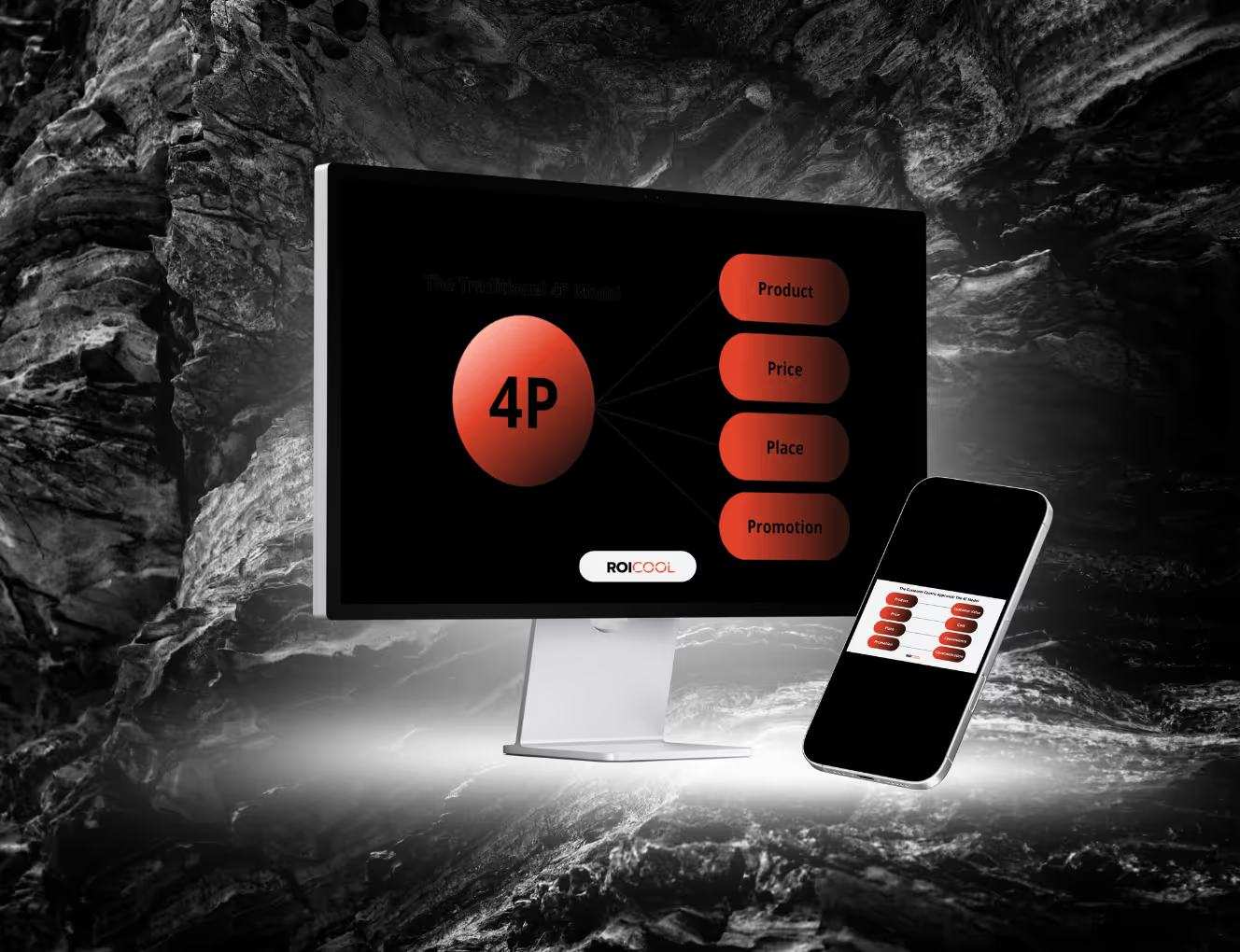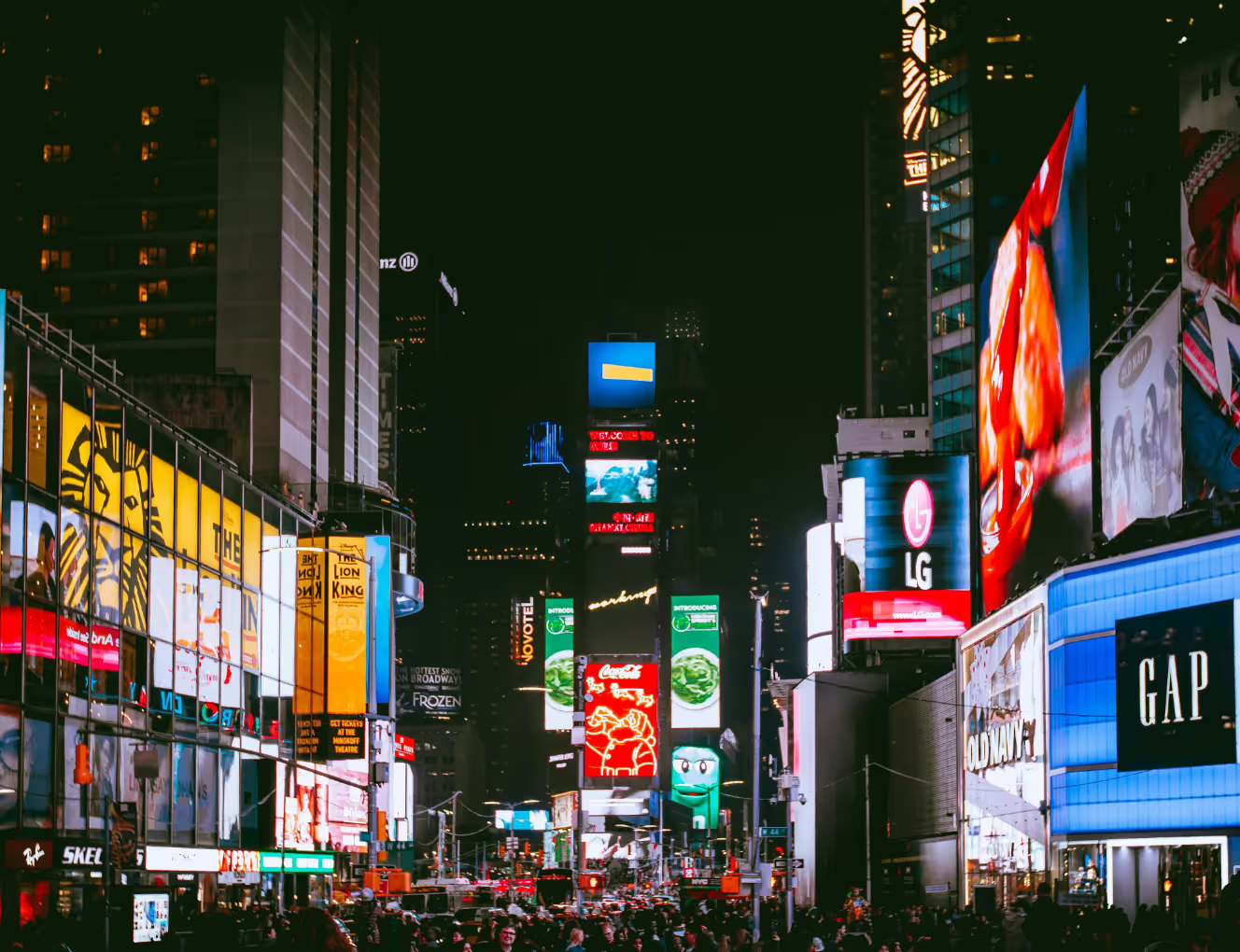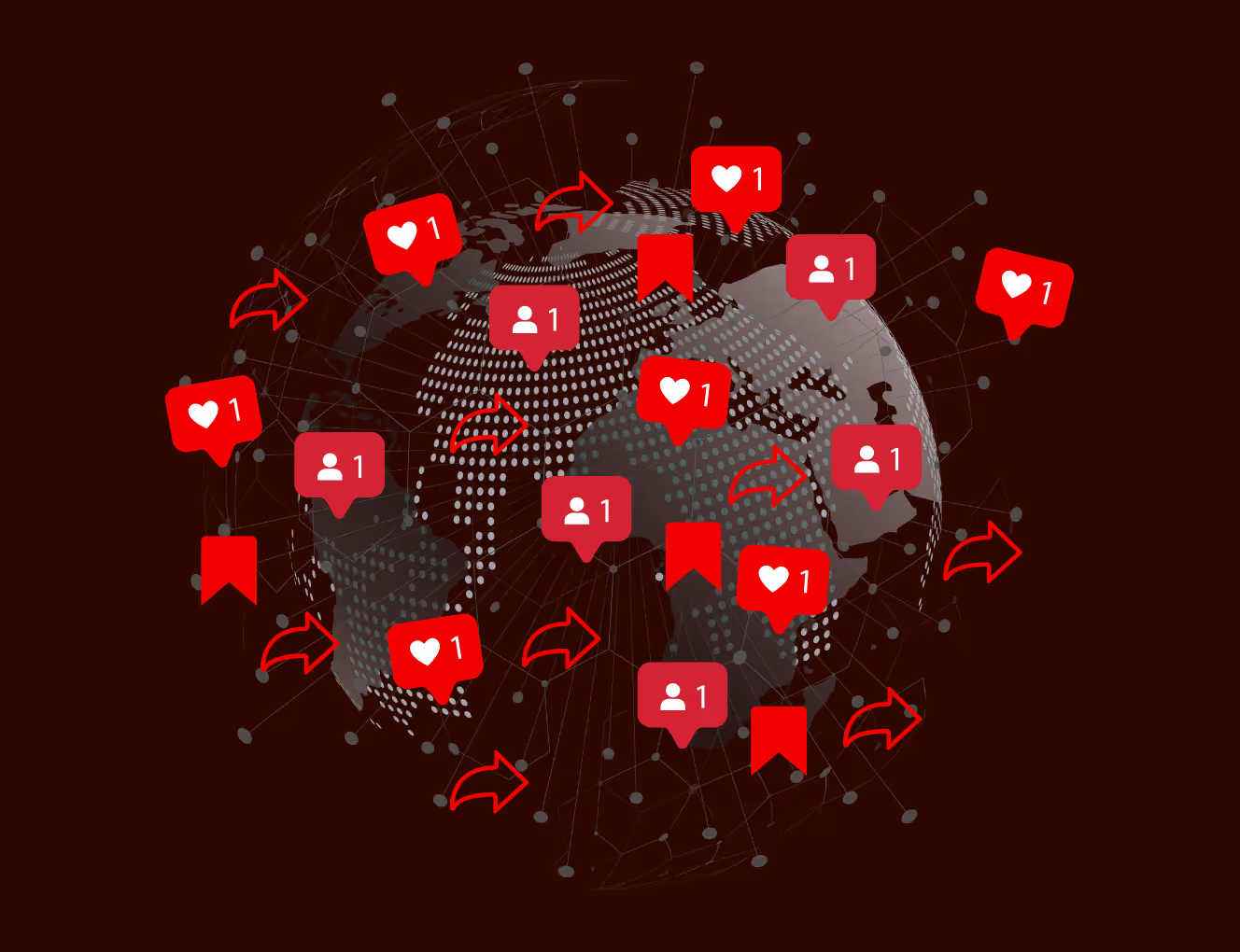Advertising has always been the art of delivering the right message to the right person at the right time. While traditional methods relied on broad demographic assumptions and intuition, the digital ecosystem of 2025 demands a far more complex and data-driven approach. This is where Artificial Intelligence (AI) enters the scene, rewriting the rules of the game and sparking a revolution in the advertising industry. By analyzing massive datasets with a speed and accuracy far beyond human capability, AI is making advertising campaigns smarter, more efficient, and profoundly more effective.
This technology is no longer a futuristic vision; it is a powerful tool at the core of modern digital marketing strategies that directly impacts return on investment (ROI). In this guide, we will explore in-depth how Artificial Intelligence is transforming the world of advertising, its key applications, and the strategic advantages it can bring to your business.
What is Artificial Intelligence in Advertising?
At its most fundamental level, Artificial Intelligence in advertising is the use of human-like intelligence, powered by algorithms and machine learning models, to automate and optimize marketing processes. These systems continuously learn from consumer behavior, market trends, and campaign performance data to make instantaneous decisions. Several core technologies form the foundation of AI in this context:
- Machine Learning (ML): This allows algorithms to learn from data and make predictions or decisions without being explicitly programmed. For example, ML can predict which user is most likely to click on an ad based on their past behavior.
- Natural Language Processing (NLP): This enables machines to understand, interpret, and generate human language. In advertising, it's used to analyze customer reviews, power chatbots, and generate compelling ad copy.
- Deep Learning: A more advanced subset of machine learning that uses multi-layered neural networks to recognize complex patterns in data. It is employed for sophisticated tasks like image recognition and voice search.
Together, these technologies empower advertisers to manage their campaigns with a level of precision that was previously unattainable through manual efforts.
Key Applications of Artificial Intelligence in Advertising
AI has the potential to add value at every single stage of an advertising strategy. Here are some of the most impactful applications of this technology today:
1. Hyper-Personalization and Audience Analysis
One of AI's greatest strengths is its ability to move beyond segmenting audiences and start treating each user as an individual. AI algorithms analyze thousands of data points — a user's browsing history, purchase habits, social media interactions, and geographic location — to deliver ad messages and product recommendations that resonate personally. This means moving from broad targeting like "women aged 30-40" to micro-targeting like "users who have searched for running shoes in the last week, follow fitness blogs, and live in London." This precise approach to identifying a target market prevents wasted ad spend and significantly boosts conversion rates.
2. Programmatic Advertising and Real-Time Bidding (RTB)
Programmatic advertising, the automated buying and selling of ad space, has AI at its very heart. Real-Time Bidding (RTB) is a process where an auction for ad space occurs in the milliseconds it takes for a webpage to load for a user. AI algorithms instantly calculate the value of showing an ad to that specific user based on their profile, the time of day, the device, and page content, and then automatically place the optimal bid. This ensures that the budget is used as efficiently as possible and that ads are served to the most valuable potential customers.
3. Creative Generation with Generative AI
The recent surge in Generative AI has completely transformed the creative process in advertising. Advanced language models like GPT-5 and Gemini can generate dozens of different headlines, descriptions, and calls-to-action (CTAs) for various platforms in seconds. Meanwhile, visual generation tools like Midjourney and DALL-E can design eye-catching and original ad images that align with a brand's identity. This dramatically accelerates the A/B testing process, allowing advertisers to quickly identify the best-performing combinations of text and visuals to continuously optimize their campaigns.

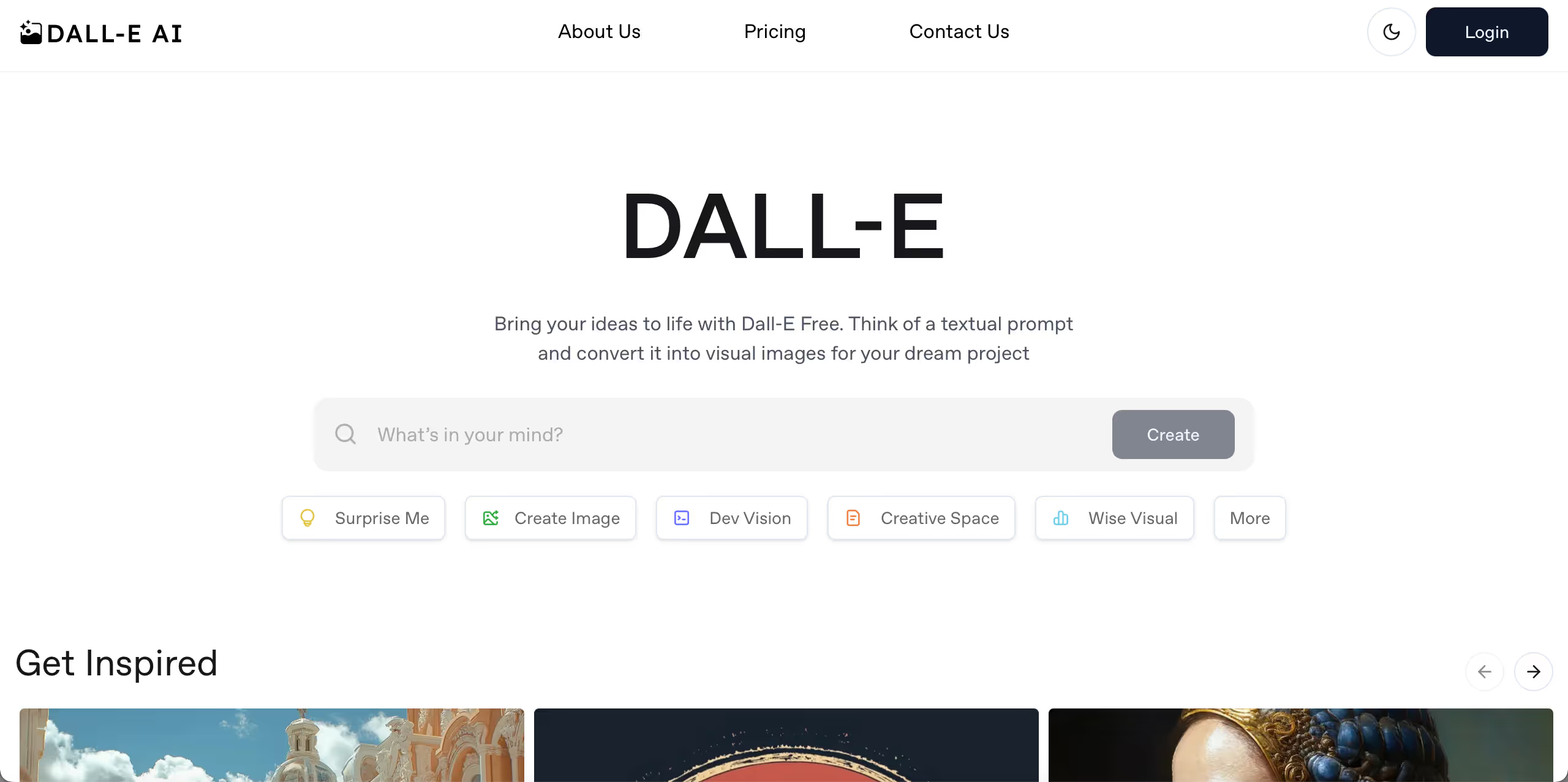
4. Campaign Optimization and Predictive Analytics
AI monitors the performance of ongoing ad campaigns 24/7. It can instantly detect when a campaign's click-through rate (CTR) starts to decline or its cost per acquisition (CPA) begins to rise. The system can then automatically pause underperforming ads, reallocate the budget to more successful ones, or adjust bidding strategies in real time. Furthermore, through predictive analytics, AI can forecast future campaign performance based on historical data, helping marketers make more strategic and informed decisions.
Step-by-Step: Create Your First AI-Powered Google Ads Campaign
Leveraging the power of AI doesn't have to be complicated. Here’s a step-by-step guide on how to set up your first smart bidding campaign on the Google Ads platform:
- Step 1: Correctly Configure Conversion Tracking
Data is the most critical element for AI to learn. Ensure that valuable conversions for your business, such as "Purchase," "Form Submission," or "Call," are set up correctly in your Google Ads account. Without this, the AI won't know what to optimize for.
- Step 2: Choose the Right Campaign Goal and Smart Bidding Strategy
When creating a new campaign, clearly state your objective (e.g., "Sales"). In the bidding section, choose one of the following smart bidding strategies instead of manual bids:
- Maximize Conversions: Aims to get the most conversions possible within your budget.
- Target CPA (Cost Per Acquisition): Allows you to set an average cost you're willing to pay for each conversion.
- Target ROAS (Return on Ad Spend): Lets you set a target return for every dollar you spend on ads (ideal for e-commerce sites).
- Step 3: Guide the AI with Audience Signals
In campaigns like Performance Max, you can give the AI hints about who to target. In the "Audience Signals" section, add your remarketing lists, customer lists, and the interests and search keywords of your potential customers. The AI will use these signals as a starting point to find similar, more profitable audiences on its own.
- Step 4: Be Patient During the Learning Phase
The first 7-14 days after launching an AI-powered campaign is the "learning phase." During this period, the algorithm tests which bids and audiences yield the best results. It's normal to see performance fluctuations. Avoid making major changes to the campaign during this time and allow the algorithm to process the data.
The Strategic Advantages of AI-Powered Advertising
Integrating AI into advertising strategies provides businesses with tangible, measurable benefits:
- Increased Return on Investment (ROI): More efficient use of the ad budget, elimination of waste, and higher conversion rates all lead directly to a better ROI.
- Enhanced Customer Experience (UX): Instead of showing users irrelevant ads, delivering personalized messages that align with their interests and needs improves brand loyalty and the overall user experience (UX).
- Data-Driven Decision-Making: Strategies are built on concrete insights derived from big data analysis, rather than on intuition or assumptions.
One of the most significant revolutions brought by AI is the shift in marketing decisions away from a reliance on "intuition" and "assumptions" and toward strategies founded on concrete, measurable data. There is no greater advocate for this philosophy than Google itself, and its official digital marketing publication, Think with Google, is an invaluable resource that serves this exact purpose.
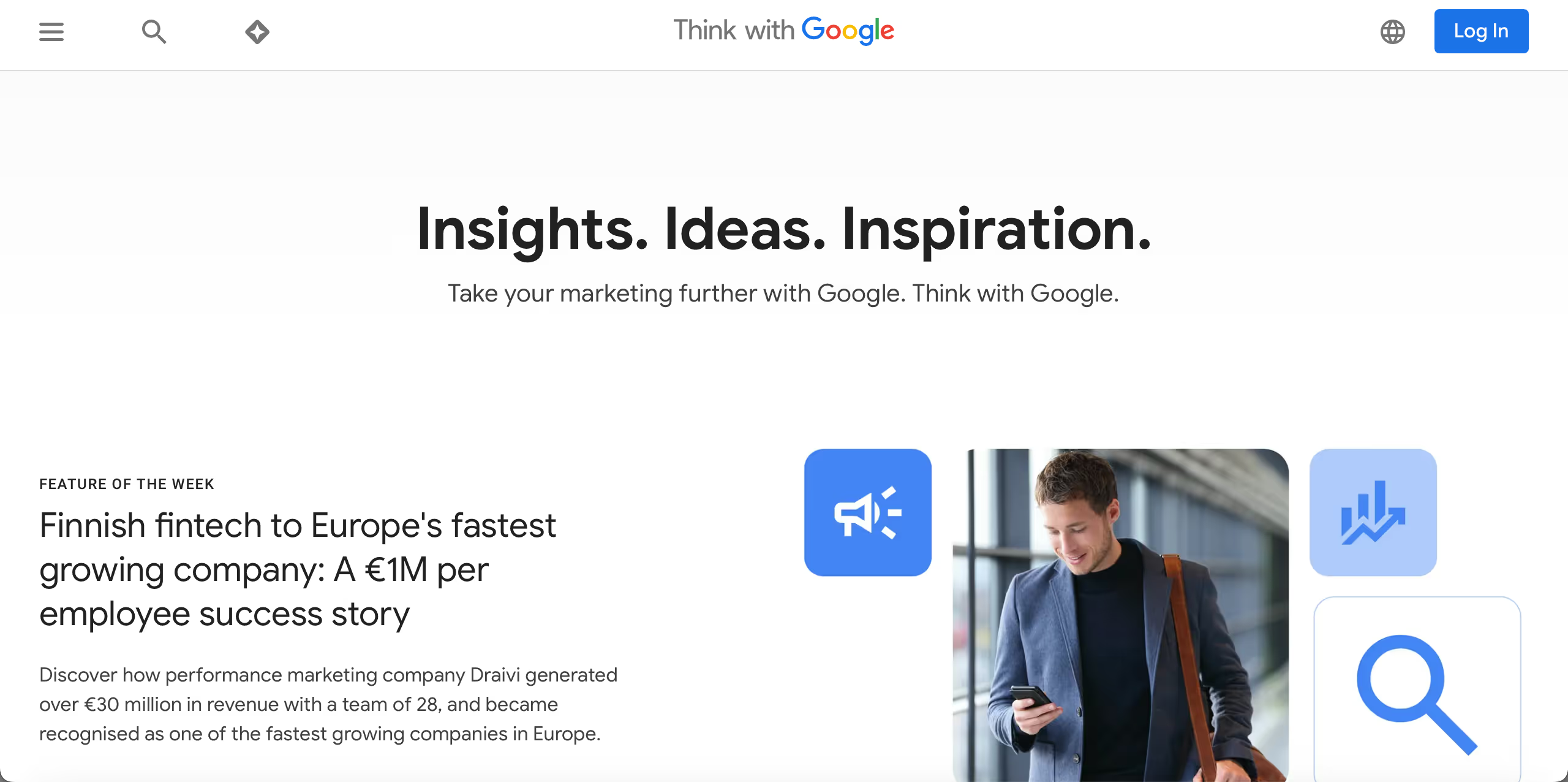
On this platform, Google shares high-level data analysis, consumer behavior trends, successful brand case studies, and forward-looking market research drawn from its vast ecosystem, including Search, YouTube, and Android. For marketers, Think with Google offers the opportunity to move beyond guesswork and base their strategies on hard data about what consumers are actually searching for, watching, and buying. In essence, it is an essential resource for understanding the "why" behind consumer behavior and staying ahead of the industry curve. AI, in turn, is the engine that takes these powerful insights and applies them to your campaigns in real time, turning data into immediate action.
- Operational Efficiency: Automating time-consuming tasks like ad creation, targeting, bidding, and reporting frees up marketing teams to focus on high-level strategy and creative thinking.
Top AI Tools for Your Advertising Stack
To make the concept of AI in advertising more concrete, here are some of the essential tools industry leaders are using in 2025 to design and optimize their campaigns:
Think of this as your AI co-writer for marketing content. Jasper excels at generating high-converting ad copy, compelling headlines, and detailed product descriptions at scale. Its key feature is the ability to learn and adapt to your specific brand's voice, allowing you to create dozens of unique variations for A/B testing in minutes.
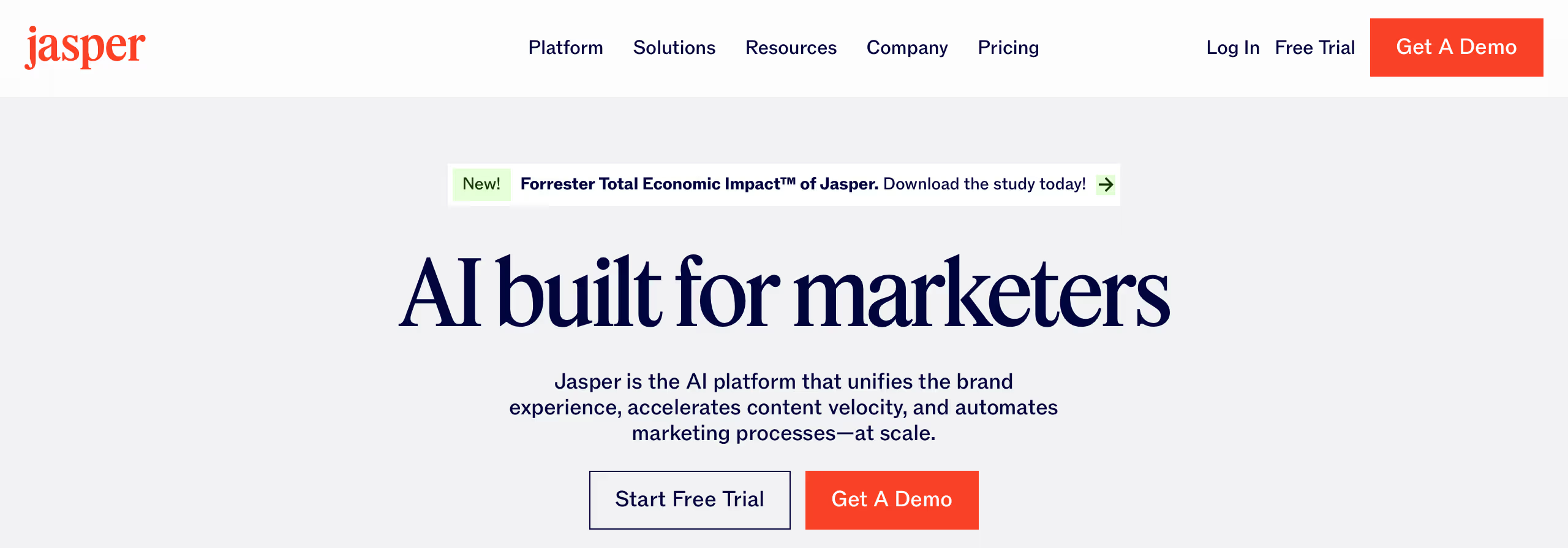
This platform is your dedicated AI creative director, focusing specifically on generating visual ad banners and social media posts. You provide your brand assets (logos, colors) and text, and its AI generates hundreds of creative options. Its standout feature is a "performance score" that predicts a creative's success before you spend any budget on it.

This isn't a third-party tool, but the essential, native AI built directly into the world's largest advertising platform. Performance Max (PMax) is the ultimate all-in-one campaign type. It uses AI to automate targeting, bidding, and creative delivery across Google's entire ecosystem (Search, YouTube, Display, Gmail, etc.) from a single, goal-based campaign.
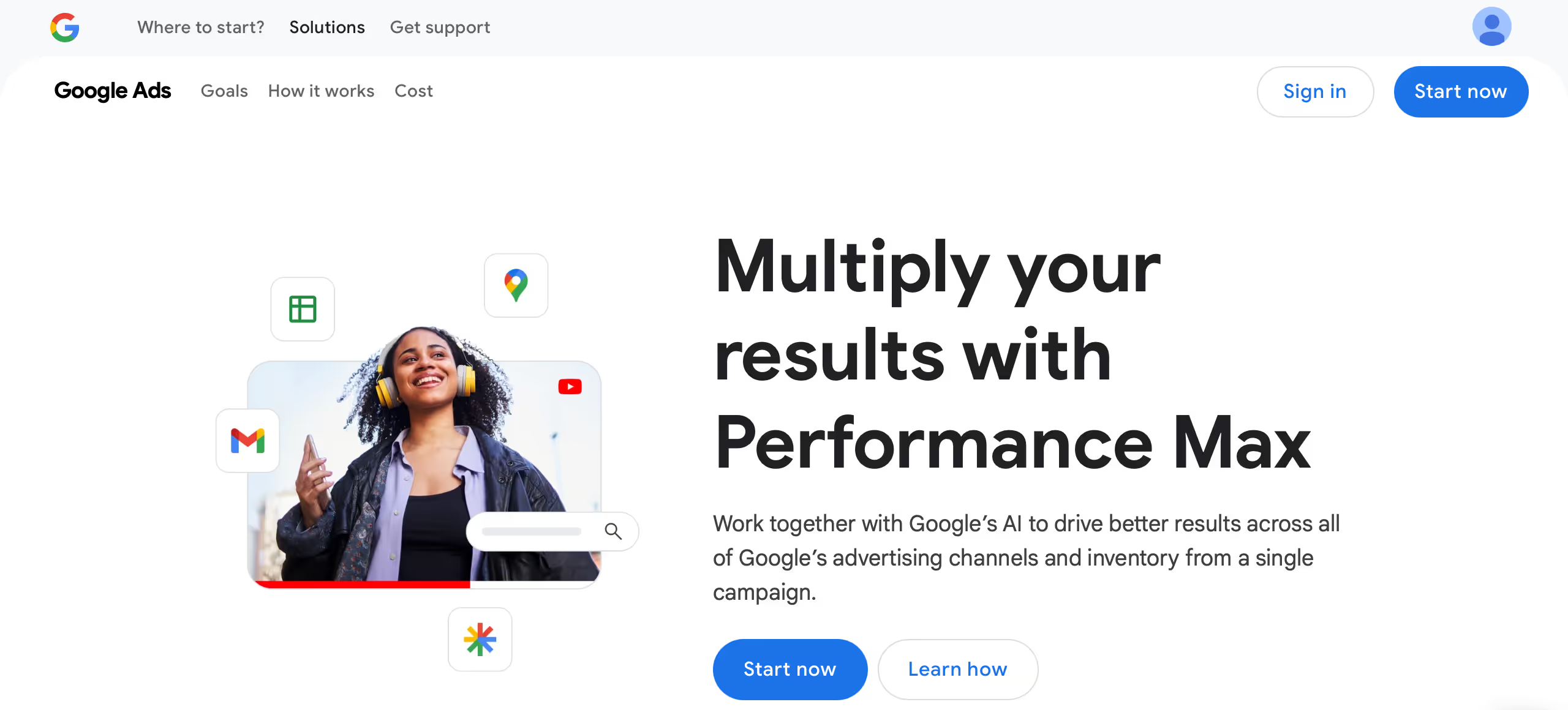
This platform is your AI video production studio. Synthesia allows you to create high-quality, professional videos featuring realistic AI avatars from just a text script. It's perfect for creating scalable video ads and explainer content in multiple languages, all without the high costs and time of traditional actors, cameras, or studios.
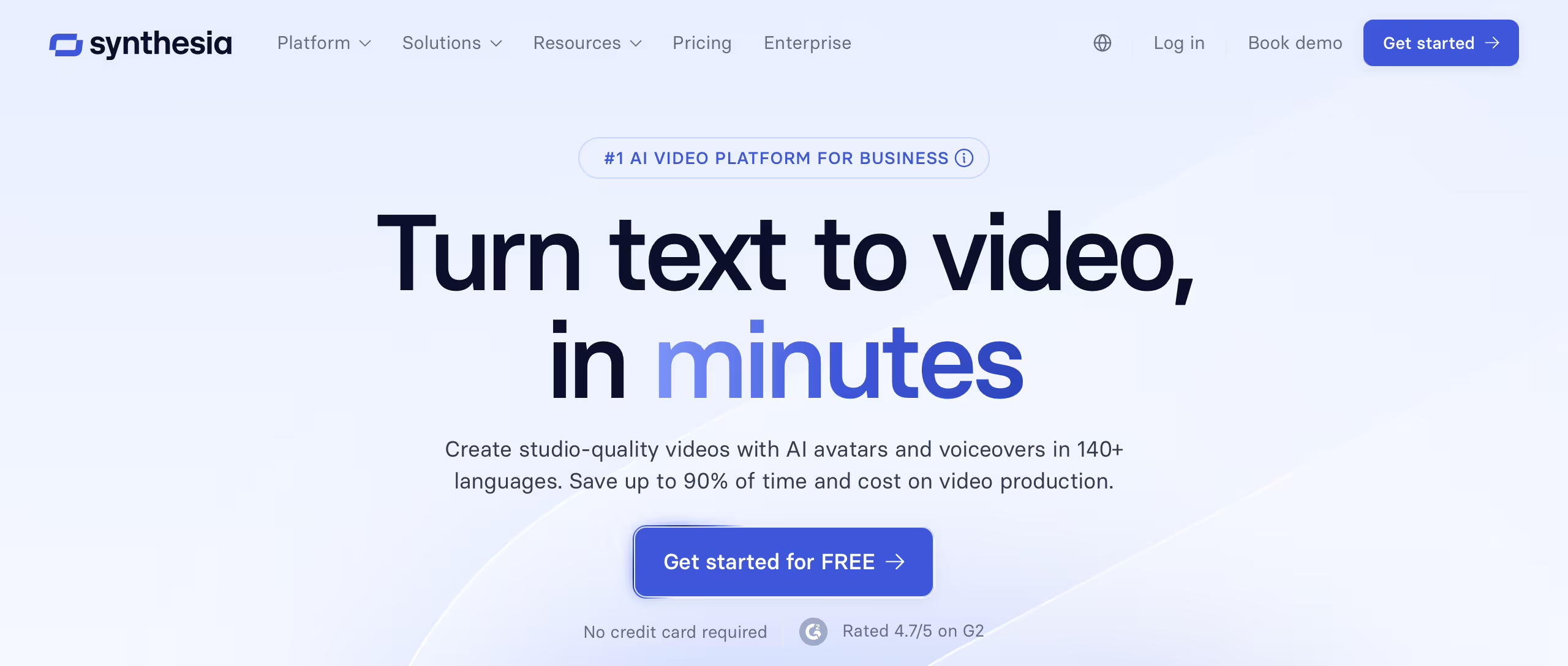
Think of this as your autonomous AI media buyer, designed especially for e-commerce advertisers. Madgicx is an ad optimization platform that plugs into your Meta (Facebook/Instagram) and Google accounts. It uses AI to autonomously manage budget allocation, automate audience targeting, and provide one-click recommendations focused on one primary goal: maximizing your Return on Ad Spend (ROAS).

The Other Side of the Coin: Challenges and Ethical Responsibilities of AI Advertising
Alongside the tremendous advantages offered by AI, there are also several challenges and ethical issues that conscious marketers must consider. Using this technology responsibly is critical for long-term brand trust.
- Data Privacy and Security: AI is fueled by vast amounts of user data. Full compliance with data protection laws like GDPR and CCPA, being transparent about how user data is used, and processing data securely are mandatory.
- Algorithmic Bias: AI models can learn and amplify existing biases present in their training data. For example, there is a risk of creating campaigns that systematically exclude or mis-target certain demographic groups. Advertisers must regularly audit their algorithms to ensure they produce fair and inclusive results.
- The "Black Box" Problem: Deep learning models can be so complex that it sometimes becomes impossible to understand why or how they made a specific decision. This can make it difficult to conduct strategic analysis when a campaign fails or produces unexpected results.
- Standardization of Creativity: While generative AI tools are incredibly effective, their overuse can lead to brands' ad copy and visuals becoming generic and similar. It's crucial to always keep human creativity and strategic oversight at the core of the process to create a unique brand voice and identity.
Conclusion
In conclusion, Artificial Intelligence in advertising is not just a fleeting trend but a foundational technology that is permanently reshaping the industry's future. The revolutionary solutions it offers, from data-driven personalization to budget optimization and creative production, enable brands to build more meaningful and effective connections with their target audiences. In 2025 and beyond, businesses that fail to place AI at the center of their strategies will inevitably fall behind the competition. Adapting to this new era doesn't make marketers obsolete; rather, it empowers them to take on more strategic, creative, and valuable roles. Harnessing the power of AI is no longer an option: it is the key to success in digital marketing.



